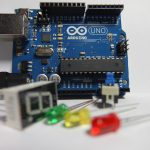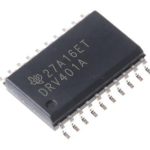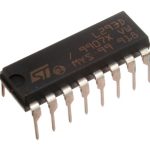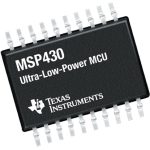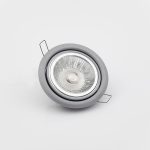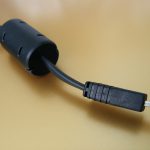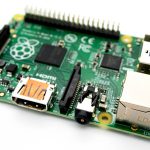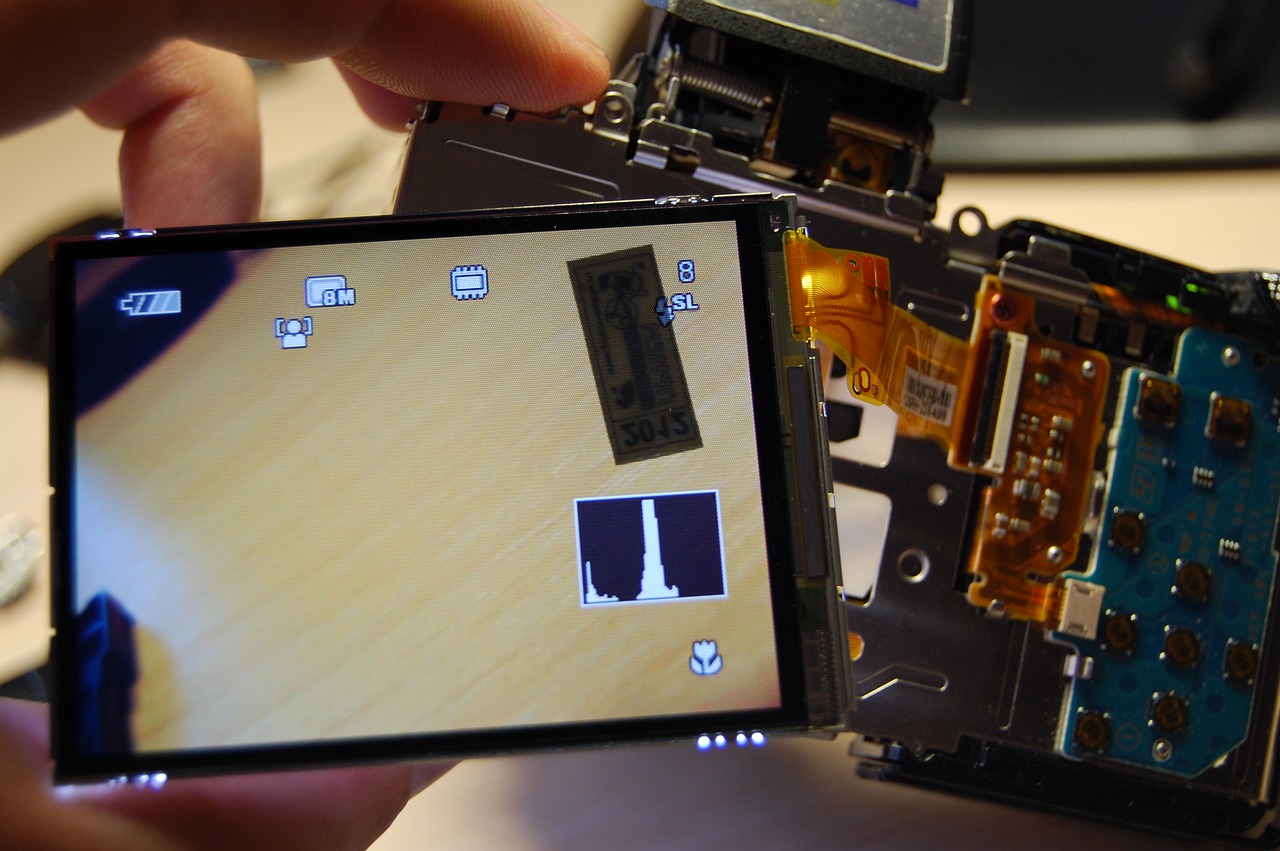
Maintenance and Condition Monitoring
Maintenance has for a long time been carried out based on a predetermined interval mostly following a predetermined criterion. Condition monitoring has also been based on periodic inspections. The emergence of smart factories is rapidly changing maintenance and condition monitoring practices.
Smart factories embrace predictive maintenance that enables users to accurately anticipate when machine maintenance will be due. Predictive maintenance and conditioning monitoring enable manufacturers to improve productivity while reducing the time wasted and costs incurred.
Predictive Maintenance & Condition Monitoring
Condition Monitoring
This involves monitoring of parameters like the equipment vibration and temperature. This will help in identifying potential issues like misalignments or bearing failures. Condition monitoring is critical in mapping equipment degradation. Vibration analysis captures the change in the harmonic frequency of rotating equipment components. Frequency analysis can be derived from Vibrometer and microphone data. Continuous condition monitor can be implemented on various equipment like pumps, spindles motors, and compressors. It can also be applied in the identification of partial discharge on machine or vacuum leaks.
Predictive maintenance
Predictive maintenance relies on condition monitoring, classification algorithm, and abnormality detection. It also integrates productive models that can use the detected abnormalities to estimate the remaining machine runtime. Predictive maintenance employs a wide range of tools like machine learning and statistical analysis to predict the status of equipment.
Solutions
One such system is Banner Engineering’s predictive monitoring and condition monitoring system. It comes bearing sensors, wireless solution kit, and software.
Read also: How to Build a Custom Wireless PLC
Vibration and temperature sensors for condition monitoring
QM30VT Series offers some of the market’s best vibration and temperature monitoring sensors. They are low profile design and rigid metal construction. This reduces resonant interference while increasing surface contact thus enabling high levels of accuracy. The QM30VT series can detect even the smallest rise in machine vibration and temperature thus making it possible to identify potential problems in time. They communicate via MultiHop Modbus Radio or 1-Wire Serial Node to a DXM series wireless controller. They are also compatible with Connected Data Solution software and Wireless Solutions Kit for Vibration and Temperature.
Wireless Solution Kit
This kit is fully integrated and quite easy to use. It does not matter your experience level, you will find it easy to set up a wireless network, collect data, and analyze it. You should also be able to create visualization tools, warnings, and alarms. You do not need to program it at all. Just plug in the box, bind the nodes through the HMI screen, and then install sensors and nodes. That way you can now start collecting data. The kit embodies a 10.1-inch touchscreen HMI and a 5-Port industrial ethernet switch. It comes pre-programmed which provides graphical displays of collected data, baselines, thresholds, warnings, and alarms. It is worth noting that at the heart of the Kit is the DXM 700 wireless controller that is designed to facilitate Ethernet connectivity and industrial IoT. This converts Modbus RTU to Modbus TCP/IP. It is also capable of sending email and text alerts.






